Introduction to Sourdough Discard
Sourdough discard is an often misunderstood byproduct of the sourdough bread-making process. When one cultivates a sourdough starter—a mixture of flour, water, and the wild yeasts and bacteria present in the environment—it must be regularly “fed” with fresh flour and water to remain active and healthy. The process of feeding essentially means adding more food (flour and water) for the microorganisms to consume. To prevent the starter from becoming excessively large, a portion of it is removed; this removed portion is known as the “discard.”
So, why should you care about this seemingly expendable portion of sourdough? Let’s delve into the basics and the significance of sourdough discard.

The Basics of Sourdough Discard:
- Origin: Sourdough discard comes from the routine maintenance of a sourdough starter.
- Composition: It contains a mix of flour, water, natural yeast, and beneficial bacteria.
- State: It may be more acidic and less active than the portion of the starter that is retained and fed.
- Uses: Despite being termed “discard,” this substance can be used in numerous recipes.
- Storage: It can be kept in the refrigerator for short-term use or frozen for future use.
Why Sourdough Discard Matters:
- Zero Waste: In an age where sustainability is key, using sourdough discard aligns with zero-waste principles.
- Flavor Enhancement: It adds a unique tang and depth of flavor to various recipes, from bread to pastries and even savory dishes.
- Texture Improvement: Its acidic nature can tenderize doughs and batters, contributing to a delightful texture in baked goods.
- Culinary Creativity: Sourdough discard invites culinary creativity, allowing chefs and home cooks to experiment with its unique properties.
- Nutritional Aspect: Though not as potent as the active starter, discard still harbors some nutritional benefits due to the fermentation process.
Understanding the value of sourdough discard can change the way you approach baking and cooking, turning what would be waste into a treasured component of your culinary practices. Whether you’re an artisan baker or someone who enjoys the occasional baking project, exploring the uses of sourdough discard can be an exciting and flavorful journey.
1. Infused Oils and Vinegars
- Experiment: Create your own infused oils and vinegars by adding herbs, spices, fruits, or even edible flowers to olive oil or vinegar. Let them steep for a period, then taste and adjust.
- Creative Twist: Try unusual combinations, like rosemary and peach-infused vinegar or coffee-infused olive oil for drizzling over ice cream.
2. Homemade Cheese
- Experiment: Start with something simple like ricotta or paneer, which requires little more than milk, an acid like lemon juice or vinegar, and some heat.
- Creative Twist: Incorporate herbs or edible flowers into the curds before pressing them.
3. Sourdough Discard Creations
- Experiment: Use sourdough discard to make pancakes, waffles, crackers, or even add it to cake batters for a unique tangy flavor.
- Creative Twist: Develop a signature flatbread using discard, complete with a topping of seasonal vegetables and a drizzle of your homemade infused oil.
4. Fermentation
- Experiment: Ferment vegetables like cabbage to make sauerkraut or kimchi. Play with different seasonings to create a custom blend.
- Creative Twist: Go beyond vegetables and try fermenting hot sauces or mustards.
5. Molecular Gastronomy
- Experiment: Explore the world of molecular gastronomy by playing with spherification, making fruit caviar, or using agar-agar to create unique jellies.
- Creative Twist: Make a “deconstructed” version of a classic dish by changing the textures, like a solid cocktail or a “caviar” that tastes like pizza.
6. Artisanal Ice Cream
- Experiment: Make ice cream from scratch and experiment with unconventional flavors, such as basil, avocado, or even blue cheese.
- Creative Twist: Try making a savory ice cream and use it as a side for a dish, like a scoop of olive oil ice cream alongside a tomato salad.
7. Homemade Pasta
- Experiment: Hand-make pasta dough and try different flours like spelt or buckwheat for a change in flavor and texture.
- Creative Twist: Incorporate pureed vegetables into the pasta dough for color and taste, like beetroot for a vibrant red or spinach for a green hue.
8. Chocolate Making
- Experiment: Try your hand at crafting homemade chocolate from cocoa beans or cocoa butter, controlling the sweetness and flavor profiles.
- Creative Twist: Experiment with unexpected inclusions, like spicy chili, crispy bacon, or even edible gold leaf.
9. Unique Pickles
- Experiment: Pickle a variety of fruits and vegetables using different brines and seasoning mixes.
- Creative Twist: Pickle something unexpected, like watermelon rinds or grapes, and use them as a cocktail garnish or in salads.
10. Custom Tea Blends
- Experiment: Blend your own teas using dried herbs, flowers, and spices.
- Creative Twist: Craft a tea blend intended for cooking or smoking meats, adding a subtle aromatic flavor.
Each of these experiments not only pushes the boundaries of traditional cooking but also leads to delicious discoveries. Remember to keep notes on your process and adjustments—much like a scientist would—so you can replicate or tweak your recipes in the future. Enjoy the process and savor the results of your kitchen experimentation!
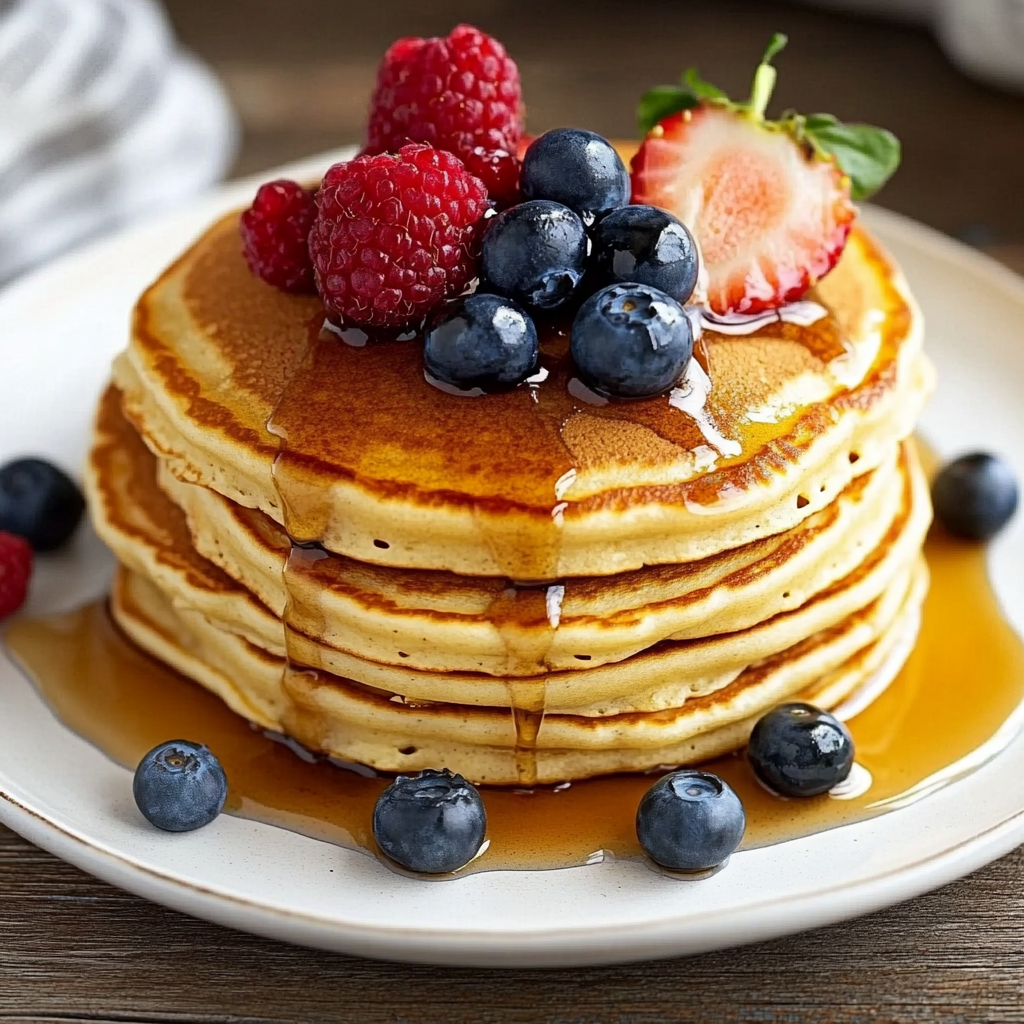
Artisanal breads and pastries are a realm of baking that prioritizes handcrafted techniques, high-quality ingredients, and often traditional methods. These baked goods are known for their depth of flavor, unique textures, and often more complex profiles compared to their mass-produced counterparts. Below is a guide to understanding and appreciating artisanal breads and pastries.
Artisanal Breads
Features:
- Natural Leavening: Artisan bread often uses natural leavening agents like sourdough starters, which provide complexity of flavor and an open crumb structure.
- Crust and Crumb: A hallmark of good artisan bread is a crust that’s crisp and full of flavor, coupled with a crumb (the inside of the bread) that’s airy, well-structured, and moist.
- Fermentation: Longer fermentation times are a common feature, which not only develop flavor but also can make the bread more digestible.
Popular Types:
- Sourdough: The classic with a tangy flavor and chewy texture.
- Baguette: A French staple, known for its thin, crispy crust and light interior.
- Ciabatta: Italian bread with a moist, porous texture, ideal for sandwiches.
- Focaccia: An olive oil-rich flatbread, often studded with herbs and toppings.
- Multigrain: Bread made with a variety of grains, seeds, and nuts.
Artisanal Pastries
Features:
- Butter Quality: The quality of butter can make a significant difference, as it impacts flavor, layering, and the overall richness of the pastry.
- Layering: For pastries like croissants, proper layering is crucial. This involves folding and rolling the dough several times to create thin layers of dough separated by butter.
- Filling: Artisanal pastries often feature fillings that are made from scratch with high-quality ingredients, whether it’s a rich almond cream or a homemade fruit jam.
Popular Types:
- Croissants: Known for their flaky layers and buttery taste.
- Danish Pastries: A variety of shapes and fillings, all incorporating a laminated dough.
- Tarts: Crisp pastry shells filled with everything from fruit to rich chocolate ganache.
- Eclairs: Piped choux pastry filled with cream and topped with glaze.
- Scones: Often made with fruit, these are a quick bread, served with clotted cream and jam.
Creating Artisanal Breads and Pastries at Home
Essentials:
- Patience: Fermentation and dough development cannot be rushed.
- Precision: Baking is a science; accurate measurements and timing are key.
- Quality Ingredients: Use the best ingredients you can find—unbleached flours, fresh yeast, high-fat butter, and fresh fillings.
- Tools: Investing in a few quality baking tools like a dough scraper, baking stone, and pastry cutter can make a difference.
Process:
- Sourdough Bread: Start with a healthy, active starter. Mix your dough, incorporating a stretch and fold technique during bulk fermentation for structure. Shape and proof your loaves, then bake in a preheated oven with steam to achieve the perfect crust.
- Croissants: Begin with a détrempe (base dough) and incorporate high-quality butter through a series of folds called laminations. Allow for proper resting and chilling between folds. Shape, proof until puffy and bake until golden.
By embracing the principles of artisanal baking, you can explore a rich world of flavors and textures in your own kitchen. Each loaf or pastry becomes a testament to the care and attention poured into the craft. Whether you’re kneading a rustic sourdough or folding delicate layers of a croissant, the process is as rewarding as the delicious outcomes.
Sourdough Discard in World Cuisines
Sourdough discard, a byproduct of feeding and maintaining a sourdough starter, has found its way into a myriad of global cuisines, offering a unique tang and complexity to traditional dishes. Here’s how sourdough discard is being repurposed across different culinary landscapes:
North American Cuisine
- Pancakes and Waffles: Sourdough discard adds a delightful tang to these breakfast staples.
- Crackers: Homemade sourdough crackers seasoned with herbs and spices are a popular snack.
- Biscuits and Scones: Discard can be added to these quick breads for a flavor boost.
European Cuisine
- Irish Soda Bread: Some recipes incorporate sourdough discard into this classic bread for added depth of flavor.
- Italian Pizza Dough: Using discard in pizza dough can enhance its taste and texture.
- French Crepes: Sourdough discard can be used in the batter for a nuanced sour note.
Middle Eastern Cuisine
- Flatbreads: Adding sourdough discard to flatbread doughs such as for Turkish pide can improve their texture and taste.
- Manakish: Levantine pizzas or flatbreads can be enriched with discard for a slight sourness.
Indian Cuisine
- Dosa: This fermented pancake traditionally made with rice and lentils can also be made with sourdough discard for a quick alternative.
- Naan: While traditionally made with yeast, incorporating sourdough discard into naan dough adds a new dimension of flavor.
East Asian Cuisine
- Scallion Pancakes: Chinese scallion pancakes can be made flakier and more tangy with sourdough discard.
- Steamed Buns: Sourdough discard can be included in the dough for a subtle tang.
African Cuisine
- Injera: Although authentic injera uses teff flour and a wild yeast fermentation, sourdough discard can be used to start the batter for a similar fermented flatbread.
South American Cuisine
- Cheese Bread (Pão de Queijo): Brazilian cheese bread can be made with sourdough discard for an extra depth of flavor.
- Arepas: Venezuelan and Colombian corn cakes can include sourdough discard to enhance their texture.
Miscellaneous Uses Across Cuisines
- Batter for Frying: Sourdough discard can be part of batter recipes for a tangy twist to fried vegetables, fish, or chicken.
- Sauces and Gravies: A spoonful of discard can add complexity to gravies and sauces.
- Starter for Other Ferments: Some adventurous cooks use discard to kick-start fermentation in other dishes, like kimchi or sauerkraut.
The global versatility of sourdough discard is a testament to its adaptability and the ongoing creativity in kitchens around the world. It’s an excellent example of how a simple byproduct can elevate traditional recipes, reduce waste, and enhance nutritional content. Experimenting with sourdough discard in dishes from various cuisines can introduce an unexpected yet pleasant twist to familiar flavors.
Sourdough Desserts
FAQs
Sourdough discard is the portion of your sourdough starter that you remove before feeding it with fresh flour and water. If you’re maintaining a sourdough starter, you’ll regularly end up with discard. Rather than throwing it away, there are many creative and delicious ways to use it.
Is eating sourdough discard healthy?
Eating sourdough discard can be considered healthy within the context of an overall balanced diet, and it provides a way to avoid food waste. However, whether it’s “healthy” depends on several factors, including your individual nutritional needs and how the discard is incorporated into recipes.
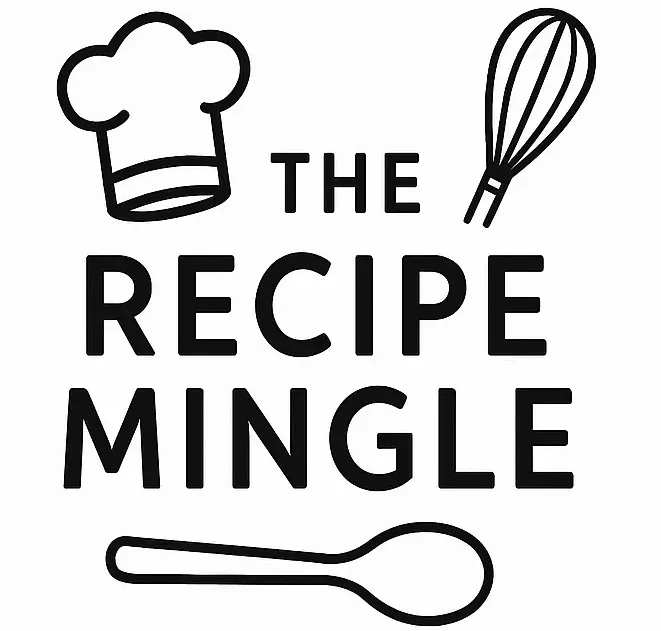

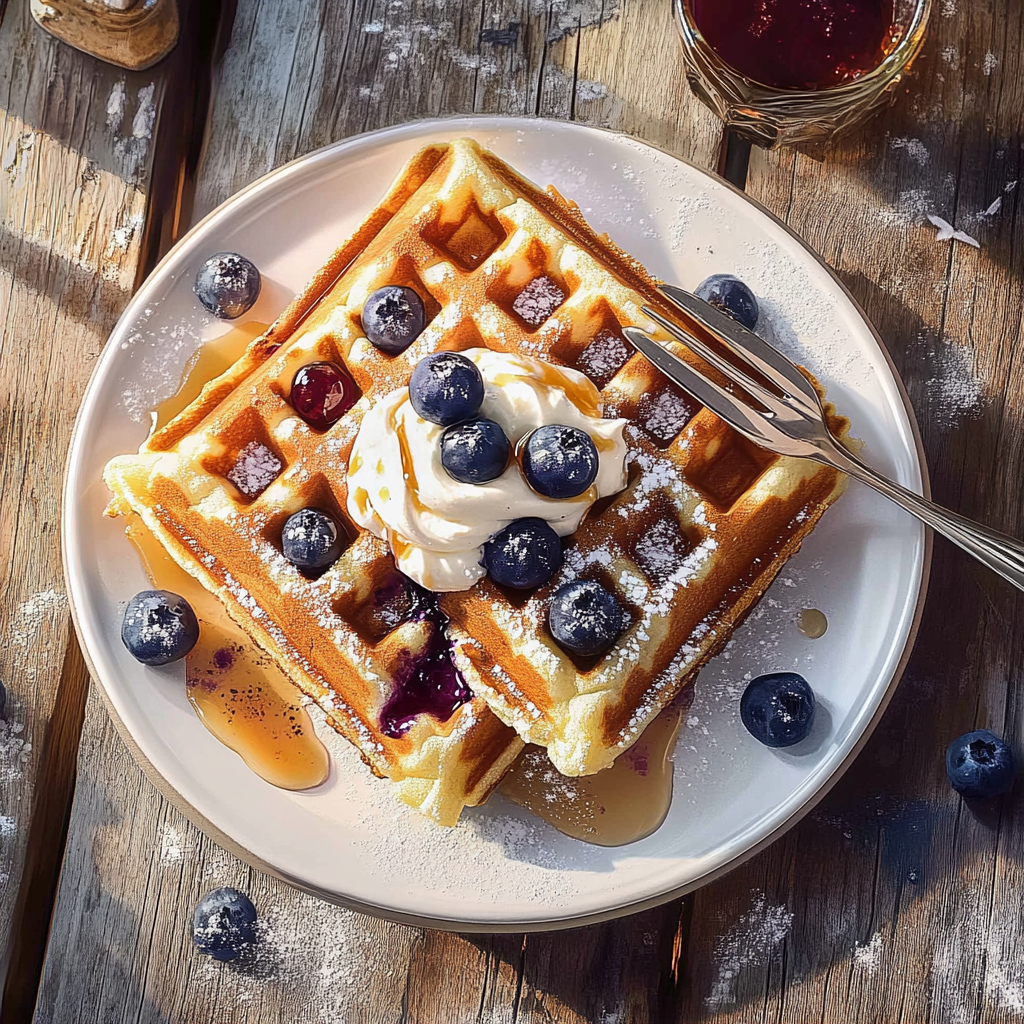
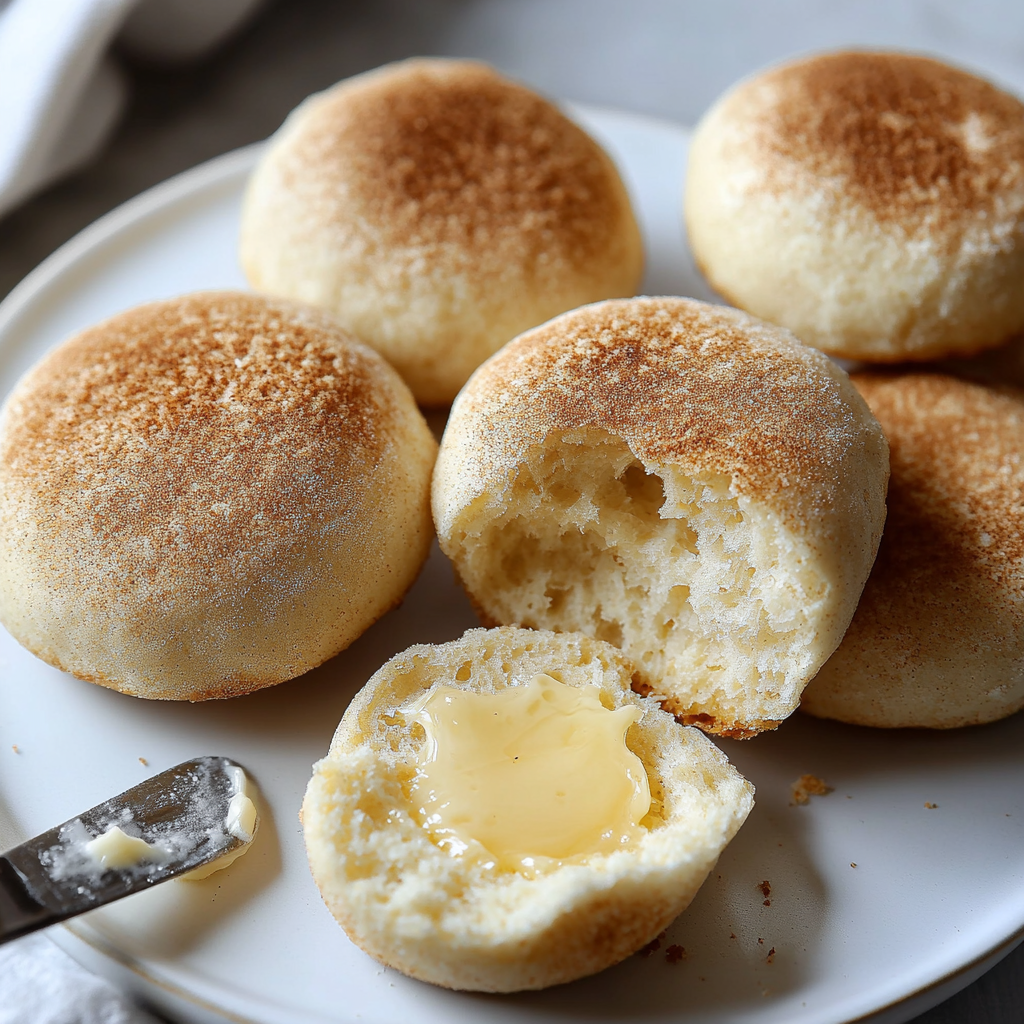
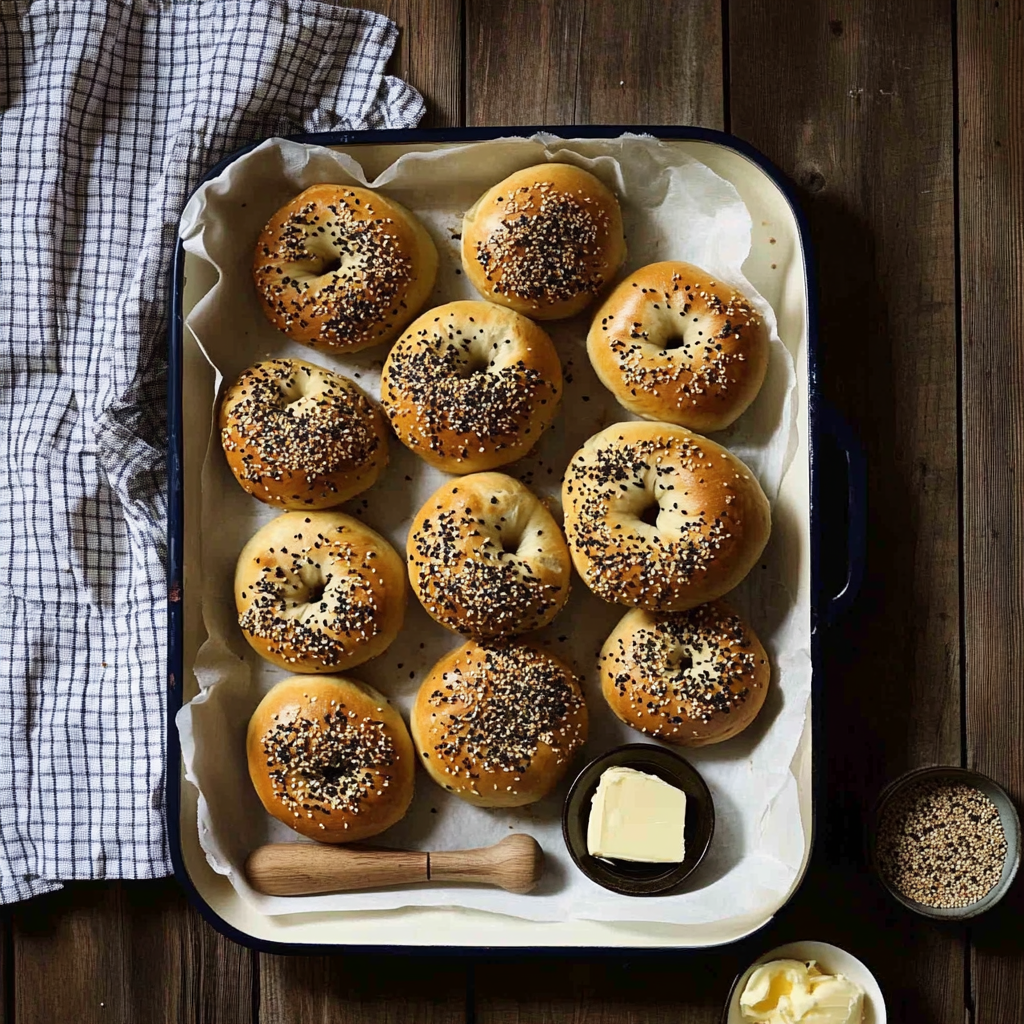
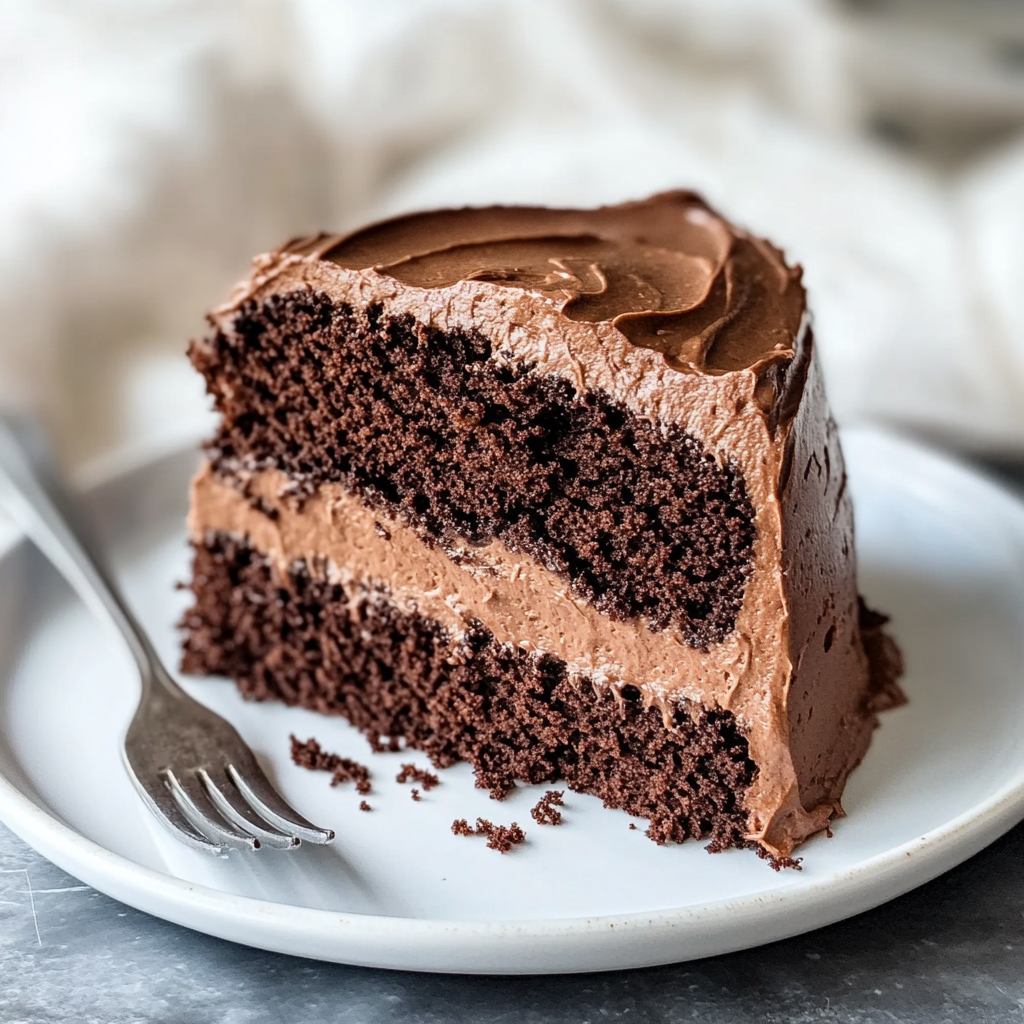
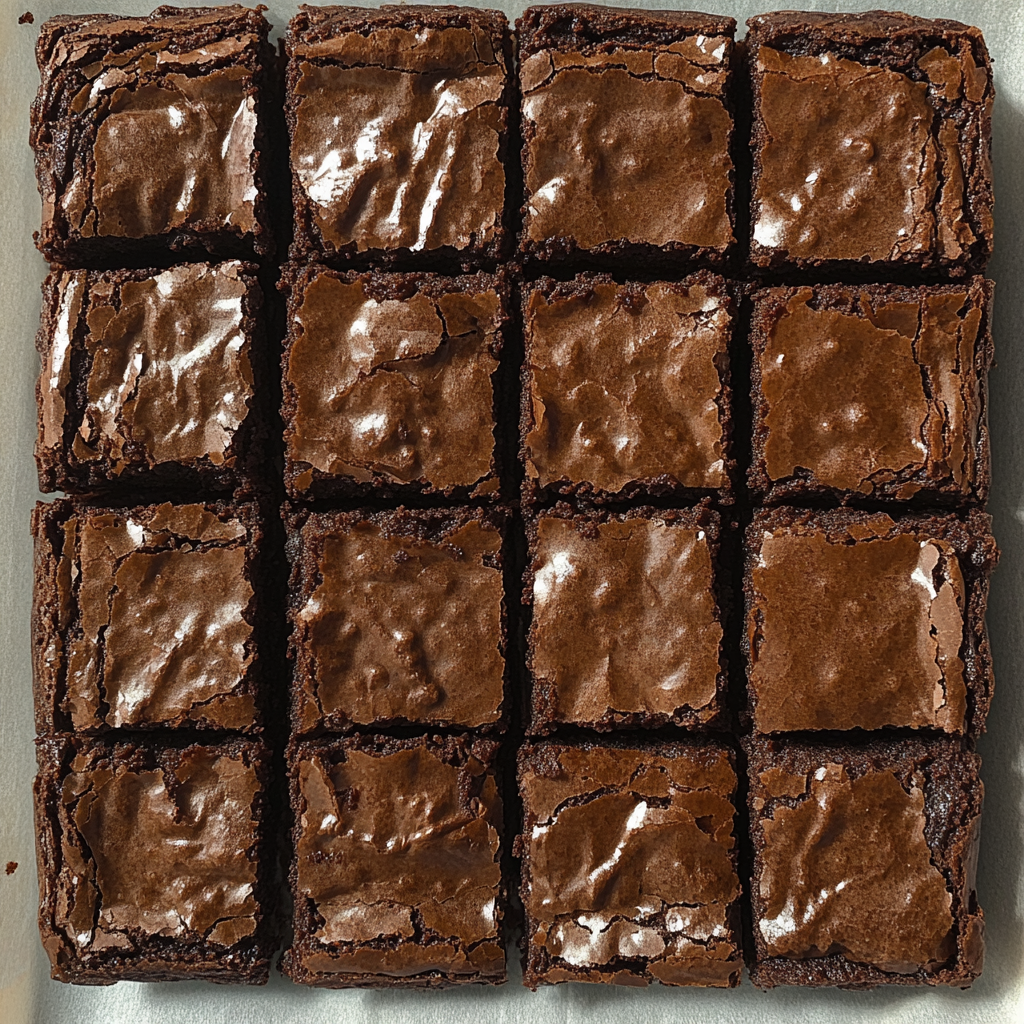
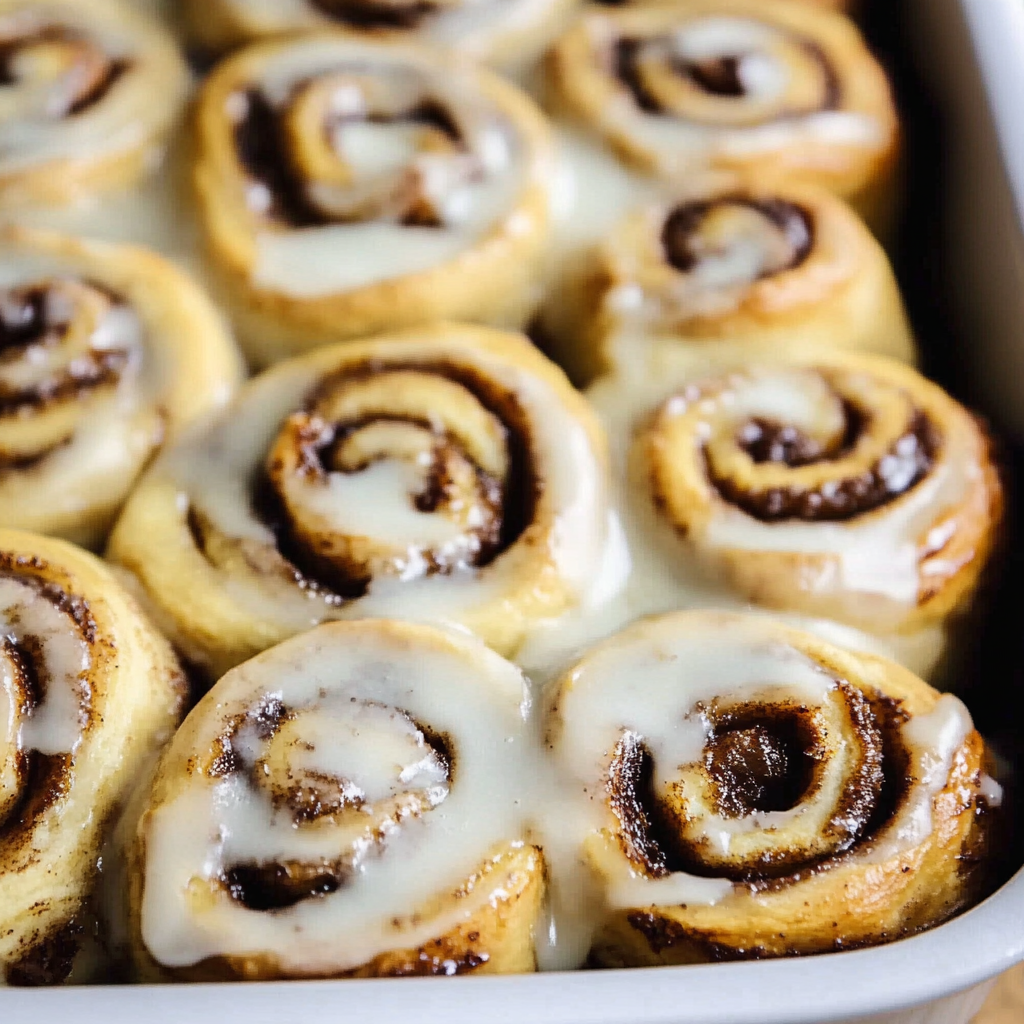
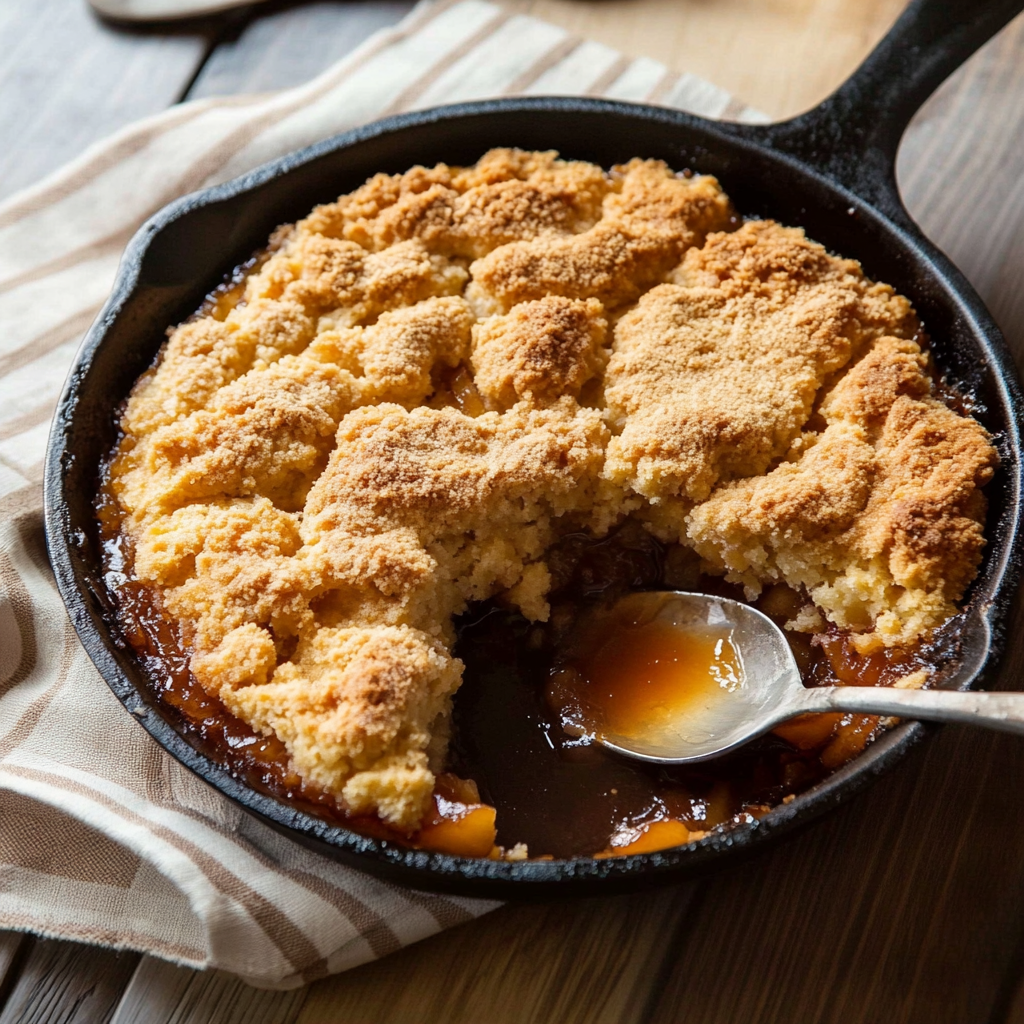

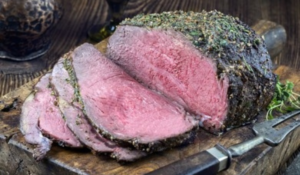
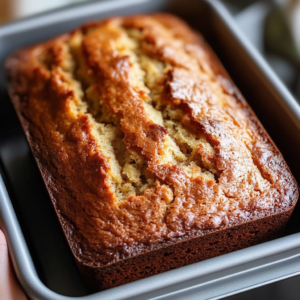
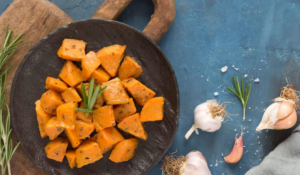
1 thought on “10 Quick Sourdough Discard Recipes: Tasty Ways to Avoid Waste”
Comments are closed.